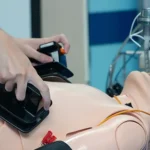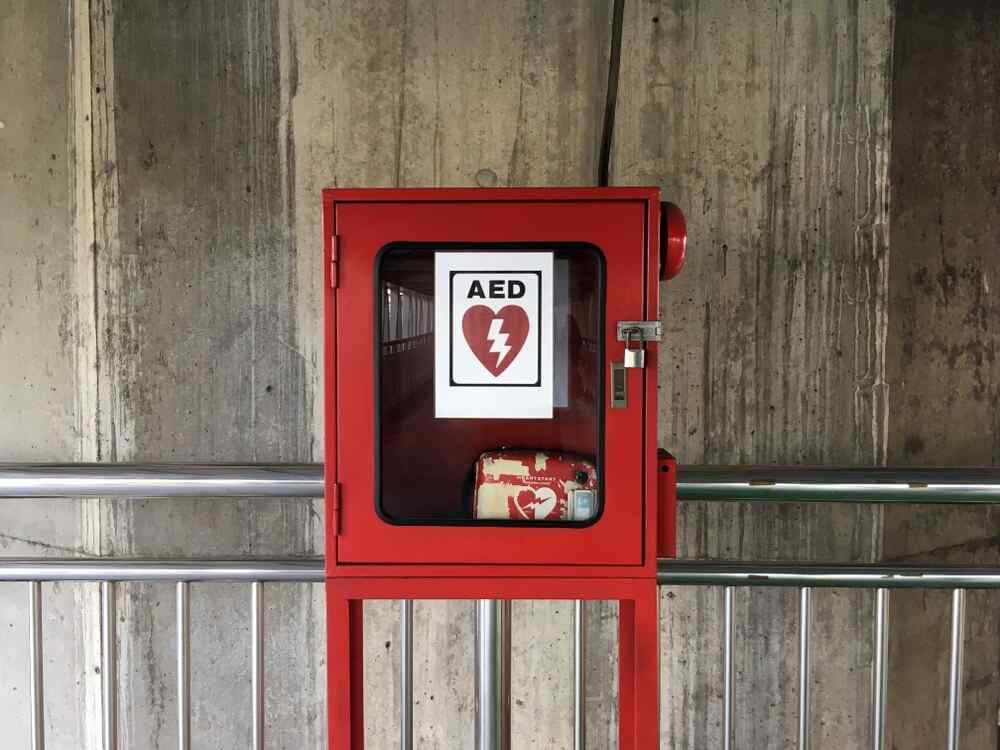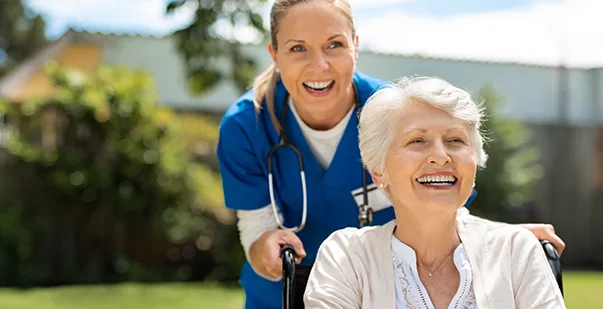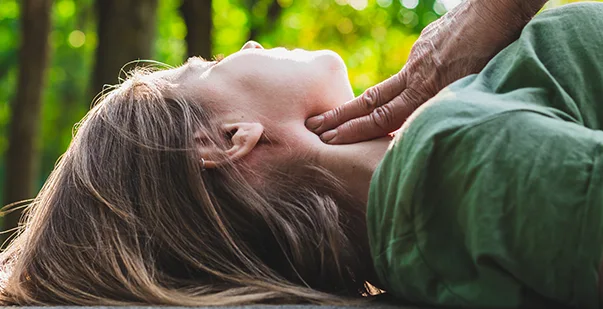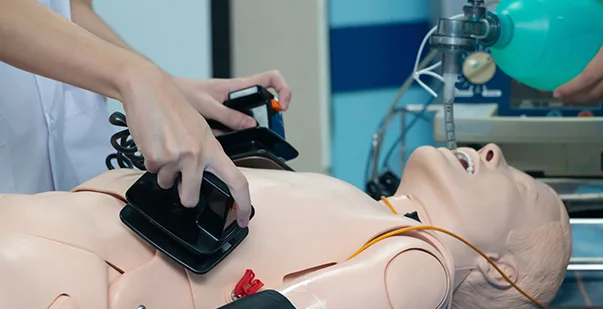There’s no telling when you will be called upon to offer medical assistance to someone in a cardiac arrest. Learning the advantages of AED training prepares you for these situations and ensures that you know when to use AEDs. AED stands for automatic external defibrillator.
How will it feel if you witness a medical emergency and no one on-site is AED trained? Will you be comfortable knowing that you could have saved the life of an innocent human being? With about 90 percent of out-of-hospital cardiac arrest victims dying, this scenario isn’t as unbelievable as you might think.
When you are AED and CPR trained, you can triple the survival rate of a person experiencing cardiac arrest. Would you be interested in becoming certified if you found out you can get your AED certification online at your pace?
The American Health Care Academy can help the quest to save lives by giving you affordable access to certified instructors. Our online classes offer a flexible curriculum that allows you to take courses at your desired pace. Continue reading if you want to learn how and when to use AEDs. Along with AED, how long does CPR certification last? The combo course of CPR AED certification stays valid for 2 years.
What Is an AED Machine?
AED machines are lightweight, battery-operated, portable machines that measure the electrical rhythms in a cardiac arrest victim’s heart. After analyzing the heart’s rhythm, the AED delivers a shock to the heart.
The heart stops beating in some people who experience an irregular heartbeat (ventricular tachycardia or ventricular fibrillation). When this happens, their brain and other organs stop receiving blood flow and oxygen. The victim may experience brain damage or die within minutes of halted blood flow.
Why is an AED needed? While CPR can save someone from brain damage by keeping blood and oxygen flowing to the brain, AEDs are more effective at restarting the heart. You can find AEDs in most public spaces since they are both easy to operate and highly effective.
How Do I Use an AED?
Luckily, AEDs are easy to operate and don’t require extensive training. You can learn how to use an automatic defibrillator in a short class at your pace.
AED Steps-
Before administering an AED shock, you should make sure both you and the patient are dry. You should also inspect the environment to make sure there are no water sources nearby. If you or the patient is in a wet atmosphere, you should move them to a drier area.
After ensuring a safe environment, turn on the AED. The AED itself will issue voice prompts. If the AED doesn’t give voice prompts, the directions should be written on the machine’s side or back. After turning on the AED, follow these directions:
- Expose the person’s chest and make sure it is dry before applying the pads.
- Trim any excess hair. Too much hair will compromise the adhesive pads. If the pads aren’t secured to the victim’s chest, the patient won’t receive the correct voltage.
- Attach the electrodes to the victim’s skin. One electrode should be in the center of the chest above the nipple, and the other should be slightly below and to the left of the victim’s ribcage.
- Remove any metal objects such as jewelry.
- Once the AED analyzes the patient’s heart rate, it will let you know when to administer a shock. When the AED clears you for shock, stand back and press the shock button.
Should I Use CPR or AED?
If you’re with an adult who slips into cardiac arrest, the first thing you should do is call 911. If someone else is around you, you should tell them to contact 911 and try to find an AED. If you are alone, you should perform CPR until medical Medical professionals carry AEDs and they have multiple team members who can respond to the emergency.
Advantages To Becoming AED Certified
Communities that link their CPR and AED programs have experienced up to 40% survival rates for victims. The following aspects of getting your AED certification make it an appealing option for anybody trying to help their community.
Save Someone’s Life
Cardiac arrest victims’ chances of survival decrease every minute of cardiac arrest. With CPR and AED skills, AED-certified individuals can reduce the loss of life in cardiac arrest emergencies.
By delivering oxygen to the brain and other organs during a cardiac arrest emergency with CPR, you can give the victim a chance to live. Once an AED arrives, you can quickly put your skills to work and restart their heart, giving them the greatest gift anyone could ask for in life.
Satisfy the Growing Need For AED-Certified Individuals
Cardiac arrests can occur no matter where you are in the world. Getting your AED certification means you can save lives all over the world. With over 325,000 people dying every year in the US alone, the demand for AED has never been higher.
Increase Your Value In the Office
Many cardiac arrests occur at the office. Unfortunately, as studies show, only about 50% of the workforce know where to locate the device. When you get AED certified, you indicate your office you have leadership qualities.
If an emergency occurs, AED training gives you the confidence to save one of your co-worker’s lives.
Conclusion- The Advantages of Automated External Defibrillator Training
If you want to get AED certified, there are plenty of options out there to fit your needs. In-person classes give you more hands-on experience, but they take more time, and you can’t control your learning pace. Online CPR AED certification courses allow you to learn when to use AEDs whenever you want.
The American Care Health Care Academy specializes in affordable online CPR/AED classes. Enroll whenever you want and experience the advantages of becoming CPR/AED certified. Your community needs CPR/AED-certified citizens. Answer the call.



